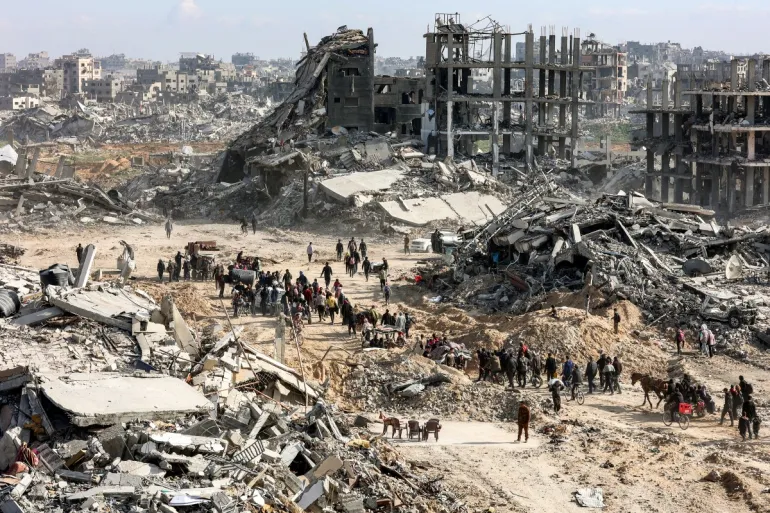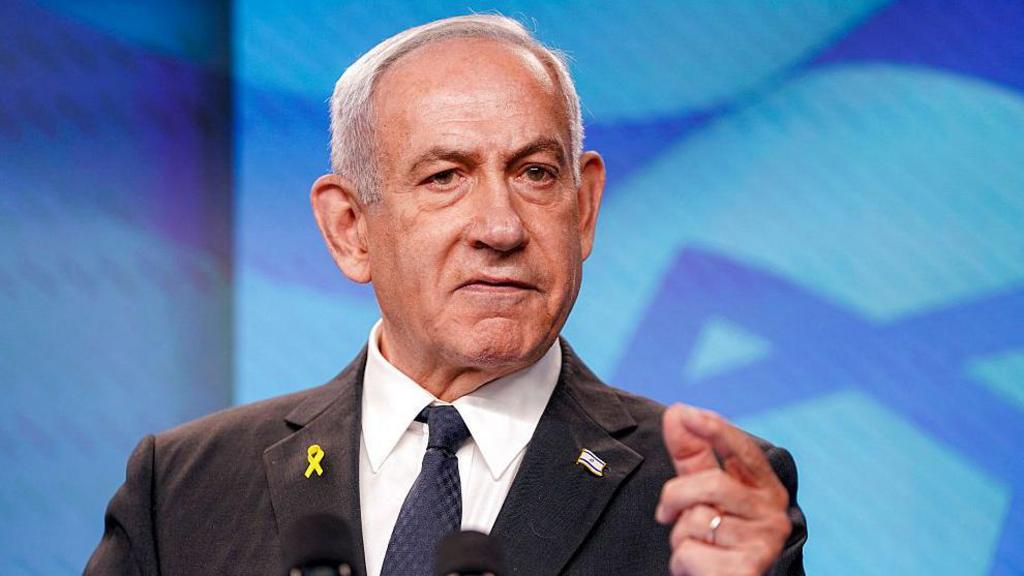Now Reading: Gaza at Two Years: A City Reduced to Rubble, Lives Shattered
-
01
Gaza at Two Years: A City Reduced to Rubble, Lives Shattered
Gaza at Two Years: A City Reduced to Rubble, Lives Shattered

As of October 2025, two years have passed since the onset of the Israel-Hamas conflict, leaving Gaza in a state of unparalleled devastation. The war has claimed over 67,000 lives and displaced nearly the entire population of Gaza, turning vibrant neighborhoods into desolate ruins. This article delves into the human and infrastructural toll of the conflict, highlighting the challenges faced by civilians and the international community’s response.
Humanitarian Crisis: Lives Lost and Families Displaced
The death toll in Gaza has surpassed 67,000, with the majority being civilians, including a significant number of women and children. The relentless airstrikes have not only caused immediate fatalities but have also left many individuals trapped under rubble, with rescue operations hindered by ongoing hostilities. Moreover, over 169,000 people have been injured, many critically, further straining the already overwhelmed healthcare system.
Displacement has reached catastrophic levels, with approximately 90% of Gaza’s population forced to flee their homes. Makeshift shelters and overcrowded refugee camps have become the new reality for many, lacking basic amenities and facing constant threats of further violence.
Infrastructure Decimated: Schools, Hospitals, and Cultural Heritage
The conflict has obliterated essential infrastructure. Around 92% of Gaza’s schools have been destroyed or repurposed for military use, depriving children of education. Healthcare facilities have not fared better; over 700 healthcare workers have lost their lives, and most hospitals are either damaged or destroyed, leaving the population without adequate medical care.
Cultural heritage sites have also suffered immense losses, with major religious and historical landmarks destroyed. The World Bank estimates that the cultural damage amounts to $55 billion, and the total cost of recovery could exceed $53 billion, with debris clearance alone potentially taking over two decades.
Famine and Malnutrition: A Silent Crisis
Food production in Gaza has collapsed, leading to widespread famine. More than half a million people are facing catastrophic hunger, and nearly 55,000 children under six are acutely malnourished. The situation is exacerbated by severe restrictions on humanitarian aid, with many convoys unable to reach those in need due to ongoing military operations and blockades.
International Response and Ceasefire Agreement
The international community has expressed grave concern over the humanitarian situation in Gaza. Efforts to broker a ceasefire have been ongoing, with the United States playing a pivotal role in facilitating negotiations. On October 9, 2025, a ceasefire agreement was announced, marking a potential turning point in the conflict. While celebrations erupted in Gaza and Israel, the path to lasting peace remains uncertain, with many challenges ahead in rebuilding and reconciliation.
Conclusion: A City in Ruins, A Future Uncertain
Gaza stands at a crossroads. The physical and emotional scars of the past two years are evident in every corner of the city. While the ceasefire offers a glimmer of hope, the road to recovery is long and fraught with obstacles. The international community’s commitment to providing humanitarian aid, supporting reconstruction efforts, and fostering dialogue will be crucial in determining Gaza’s future. For now, the people of Gaza hold onto hope, resilience, and the dream of a peaceful tomorrow.

























